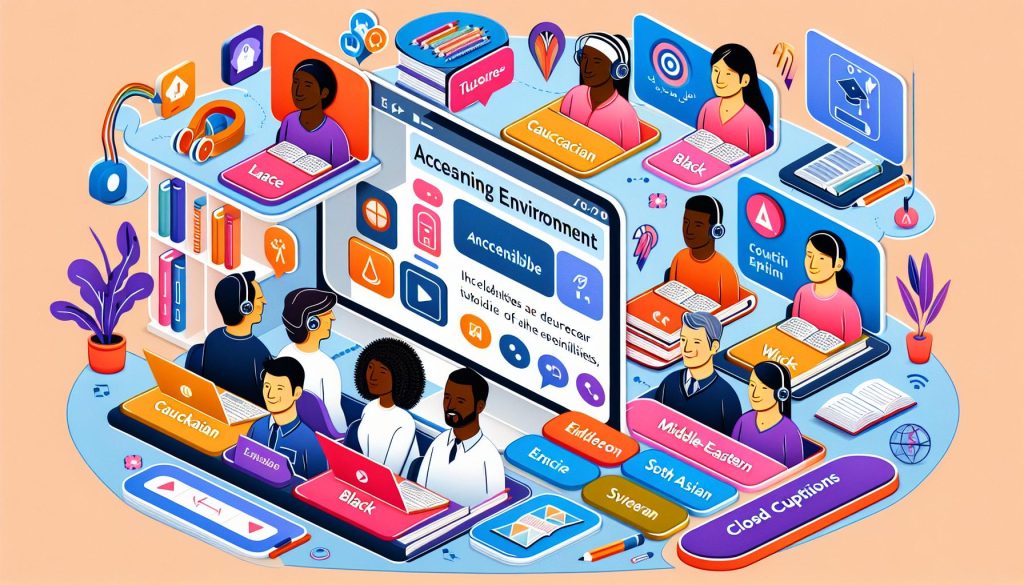In the world of eLearning, SCORM (Sharable Content Object Reference Model) files are essential for ensuring your courses are compatible with different Learning Management Systems (LMS). However, managing SCORM files can be tricky, especially when it comes to maintaining their structure, size, and compatibility. Here are 10 best practices for creating and managing SCORM zip files that can save you time and improve your course performance.

1. Organize Your File Structure Before Zipping
Before creating a SCORM zip file, ensure your eLearning content is well-organized. Files should follow a consistent naming convention and folder structure. This will help in creating and managing SCORM files efficiently by preventing issues with missing files and broken links once they are uploaded to an LMS.
2. Use the Correct SCORM Version
Always ensure you’re using the right version of SCORM that matches your LMS. The most common versions are SCORM 1.2 and SCORM 2004, each having unique features. Know what your LMS supports to avoid compatibility issues. This approach aids in managing and creating SCORM files effectively.
3. Compress File Sizes
Large SCORM zip files can slow down your LMS and affect course performance. Use compression techniques to minimize file sizes without sacrificing quality. For even better results, consider using a tool like Doctor eLearning to help reduce the size of SCORM files efficiently. This tool can significantly aid in creating and managing SCORM files by optimizing them.
4. Test Your SCORM Package Before Uploading
Always test your SCORM package on a SCORM Cloud or a similar testing tool to ensure it’s functioning correctly before uploading it to your LMS. Testing is crucial for both creating and managing SCORM files as it prevents any unforeseen issues and ensures smooth delivery to learners.
5. Include All Required Metadata
Ensure your SCORM package contains all necessary metadata, including course title, description, and completion criteria. Metadata helps LMS systems index and organize your course content, making it easier for learners and administrators to locate. Thorough metadata inclusion simplifies creating and managing SCORM content.
6. Avoid Unnecessary Files
Keep your SCORM packages lean by excluding any unnecessary files. Redundant assets such as unused images, videos, or scripts can bloat your SCORM file, causing slower load times. Trim these files before zipping the SCORM package. This practice is essential for efficiently creating and managing SCORM zip files.
7. Keep SCORM Files Up to Date
eLearning content changes over time, and your SCORM packages should reflect that. Regularly update your SCORM content, whether it’s to correct errors, add new material, or refresh the design. Make sure that updated files are correctly packaged and re-uploaded. Keeping files current is crucial for creating and managing SCORM packages.
8. Backup Your SCORM Files
Always keep a backup of your original SCORM zip files. If something goes wrong during an LMS upload, or if the package gets corrupted, a backup ensures you can quickly restore the content without having to rebuild it from scratch. Having backups simplifies both creating and managing SCORM files.
9. Ensure Cross-Browser Compatibility
Your SCORM files should work seamlessly across all browsers and devices. When creating SCORM content, test it in multiple browsers like Chrome, Firefox, Safari, and on mobile devices to ensure compatibility. This ensures that creating and managing SCORM files results in efficiency and compatibility.
10. Optimize SCORM for Mobile Learning
SCORM packages should be optimized for mobile learning. Make sure your course design is responsive, and media files such as images and videos are optimized for smaller screen sizes. This not only enhances the learning experience but also improves load times on mobile devices. Optimization simplifies creating and managing SCORM effectively.
Conclusion
Following these best practices for creating and managing SCORM zip files ensures your eLearning courses are efficient, compatible, and easy to maintain. Tools like Doctor eLearning can help you further streamline the process by compressing and optimizing SCORM files for better performance.
By staying organized and proactive, you can create SCORM content that delivers a smooth and engaging learning experience across any LMS.
